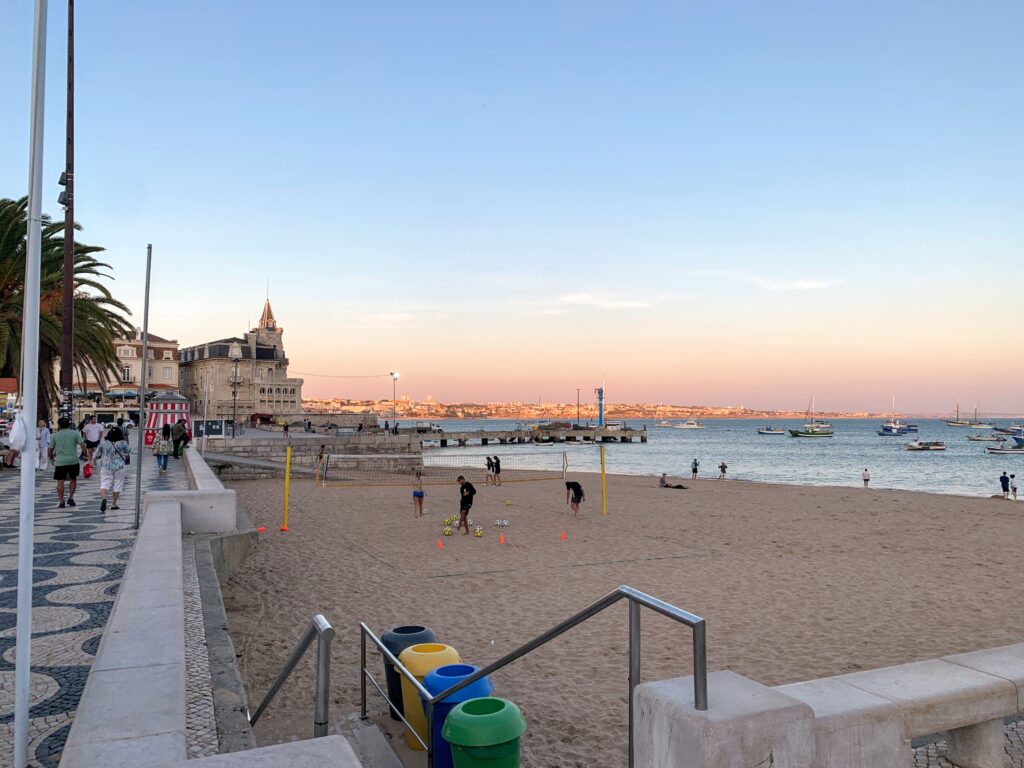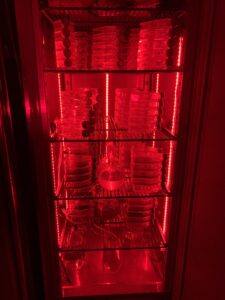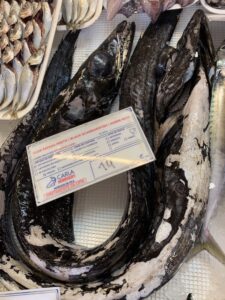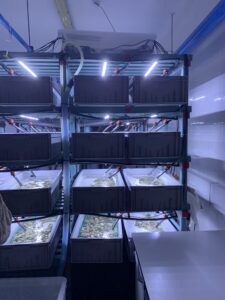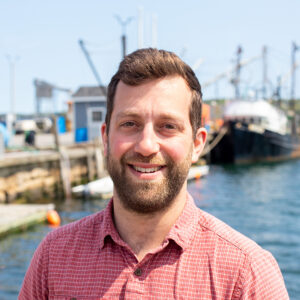
I was recently invited to go to Portugal on a knowledge exchange trip focused on kelp cultivation and restoration. World Wildlife Fund is building relationships between groups around the world facing similar environmental issues, and I represented Island Institute as part of a delegation from Maine. Our hosts from SeaForester—an environmental impact company—shared their learnings from early restoration efforts in Portugal where they are spreading gravel covered in kelp spores on the ocean floor in areas where kelp forests have disappeared in recent decades.
This trip built on Island Institute’s history of connecting with communities facing similar coastal challenges. For example, we’ve traveled to Apalachicola, Florida to learn how climate change impacted their oyster industry and to Kodiak, Alaska to understand how ocean acidification was affecting their fisheries. What became clear on this trip, as it has on previous exchanges, is that the learning and relationship building among those who travel together is as valuable as the connections made with hosts.
This trip built on Island Institute’s history of connecting with communities facing similar coastal challenges.
SeaForester’s approach to working with the government at multiple levels offered useful lessons for Maine. As a for-profit organization assessing the environmental and ecosystem benefits of restored kelp forests, they have had to work closely with the Portuguese government to define what success looks like and establish clear metrics for measuring it. At the same time, they’ve invested heavily in local community engagement.
When people learn about the benefits of marine ecosystems, they often become strong advocates—particularly at the local level.
In Cascais, Portugal, for example, they used targeted social media campaigns with hyper-local messaging to build rapid support for their nearshore work. This dual approach of rigorous government partnership paired with earnest community engagement aligns with what we’ve seen in Maine. When people learn about the benefits of marine ecosystems, they often become strong advocates—particularly at the local level. One notable difference I noticed is Portugal’s seafood culture. A much larger portion of their diet consists of seafood compared to Maine, and much of it is domestically harvested. This creates a more direct connection between ocean health and daily life.
Some of the most valuable takeaways came from others in the Maine delegation who are doing disparate, but interconnected work related to Maine’s coastal environment and seaweeds. For example, recent mapping has identified three regions along Maine’s coast: the south dominated by invasive turf algae, the north still supporting kelp forests, and a central mixed zone in between. Any potential restoration efforts in Maine would do well to understand this landscape before diving in. I also learned about researchers using eDNA technology to assess kelp deposits in sediment, which could help us determine the presence of kelp and explore potential carbon credit pathways for kelp farmers. Lastly, regulatory hurdles exist. Currently there is no clear regulatory pathway for experimental kelp restoration like there is for commercial kelp aquaculture. The trip provided insights on both the scientific tools available and the practical challenges ahead.
Thank you to World Wildlife Fund for making this experience possible. The knowledge gained and deepened relationships will help shape how we approach kelp restoration in Maine going forward.
